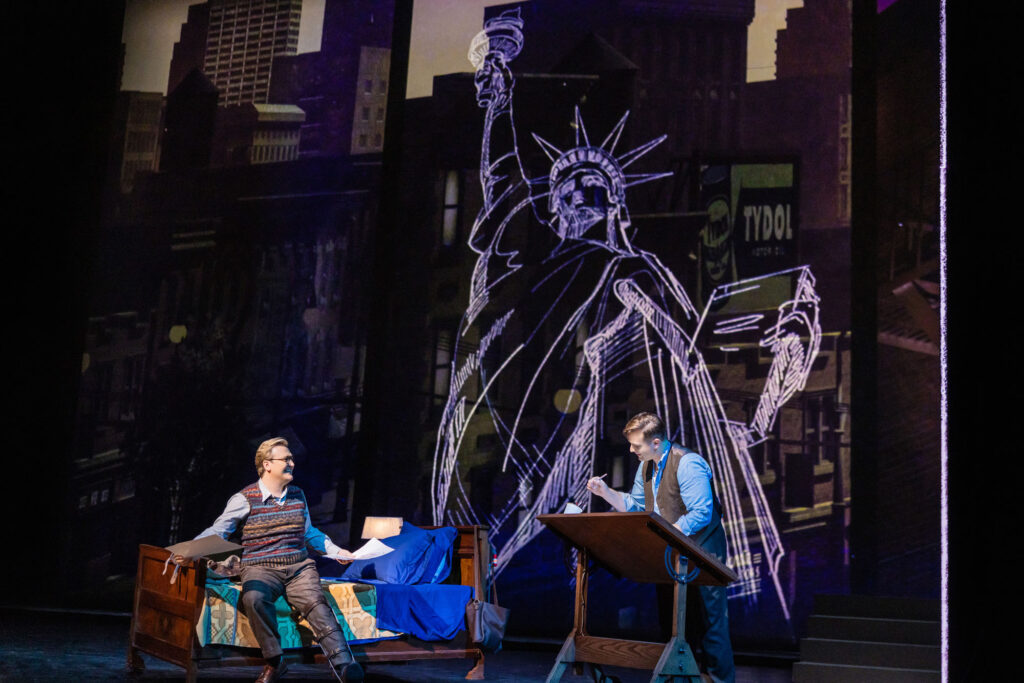
“We are proudly standing for freedom of artistic expression,” Metropolitan Opera General Manager Peter Gelb told his opening night audience yesterday. This line, the first one spoken on stage, prompted the kind of lengthy standing ovation more expected at a film festival than an opera—but these are unusual times.
When I arrived at Lincoln Center, the tension between new and old, progressive and traditional, was immediately apparent. Guests streamed in wearing ballgowns and tuxes alongside those in elaborate headpieces or a father and son wearing jeans and Carhartt tees. The production in question wasn’t a classic like Mozart’s Don Giovanni (which opens later this week) but an adaptation of The Amazing Adventures of Kavalier & Clay, running through Oct. 11. Based on the Pulitzer Prize-winning book of the same name, the show stars two Jewish cousins who launch an anti-fascist superhero comic out of New York during the height of WWII.
“There is so much happening in the world right now, and it can be very confusing what is right, what is wrong, what we should be doing,” tenor Miles Mykkanen told me backstage, before warming up a bellowing run of “Supermaaaaan” at the piano. “To have a story at the Metropolitan Opera that combats fascism, that brings representation to the stage and tells the story of our minority communities coming up and fighting the evil in the world, is thrilling.”
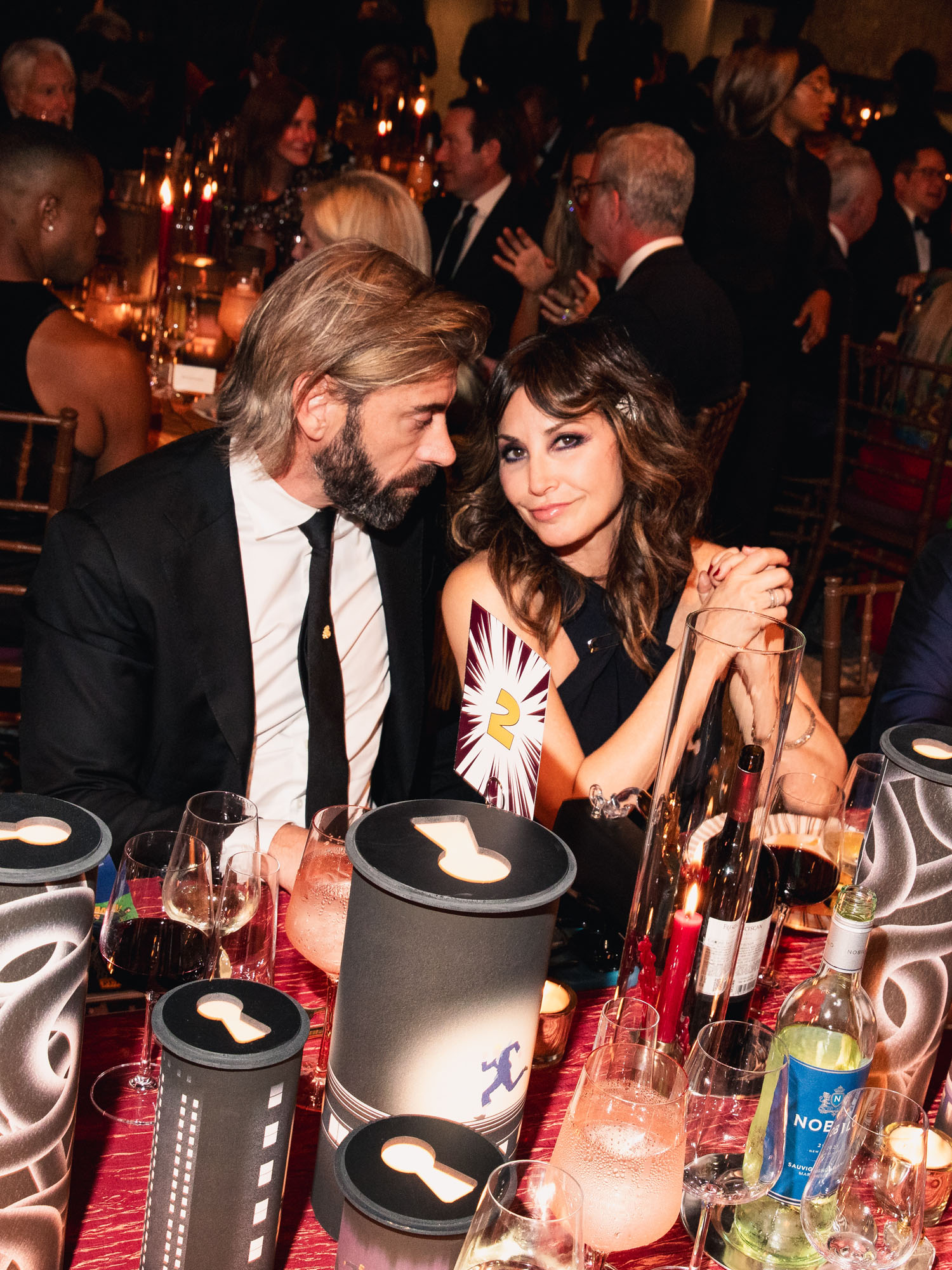
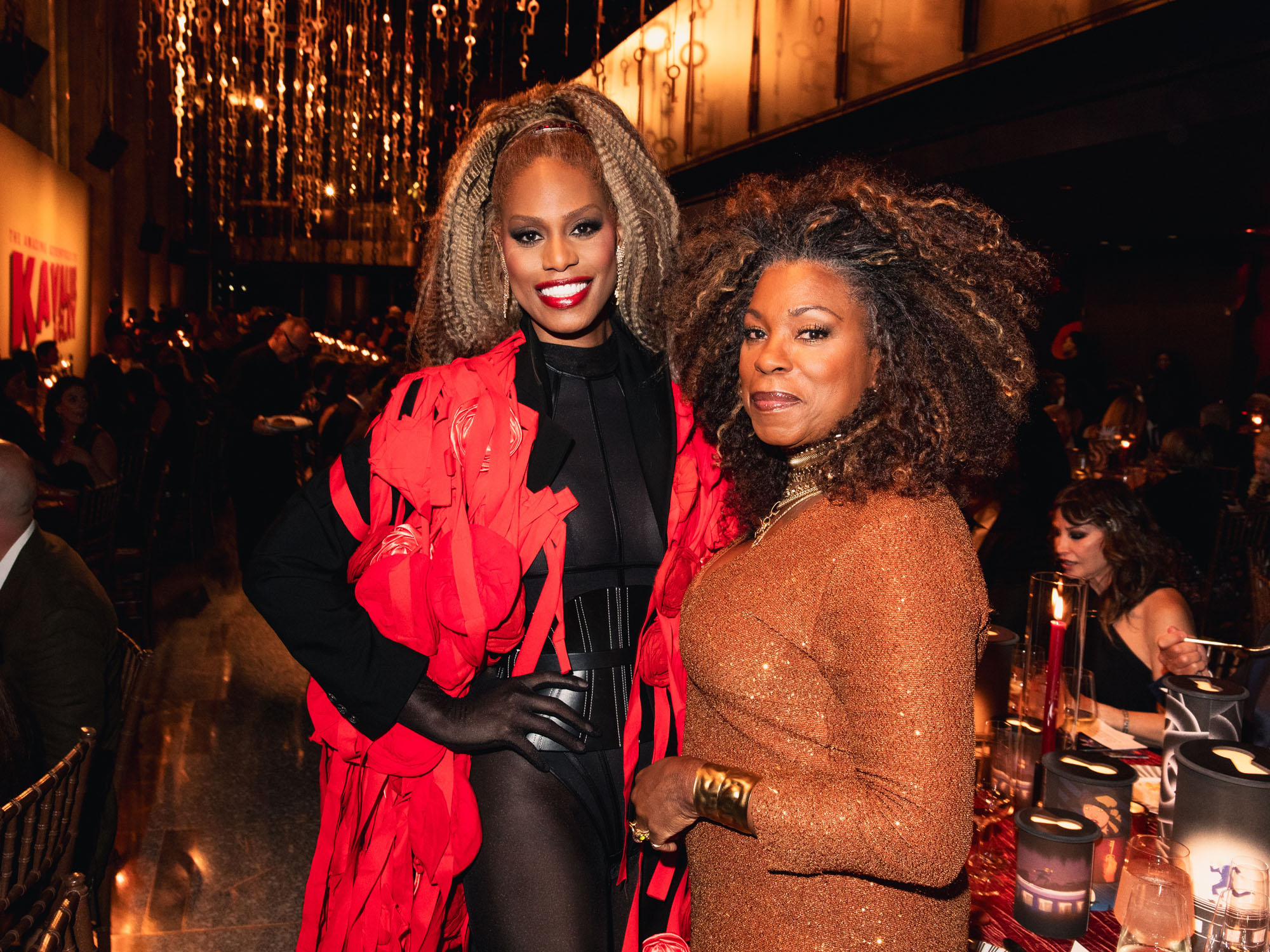
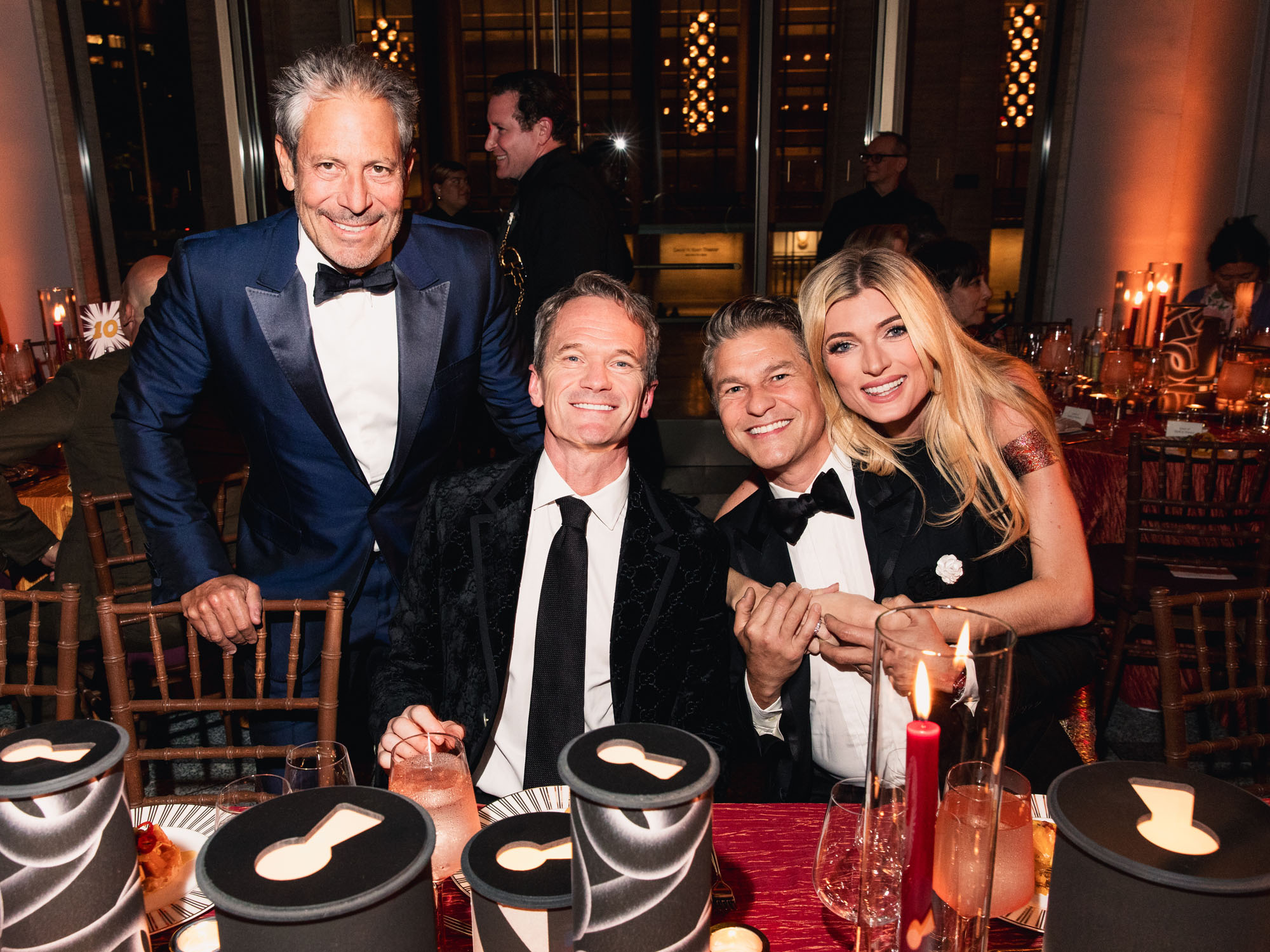
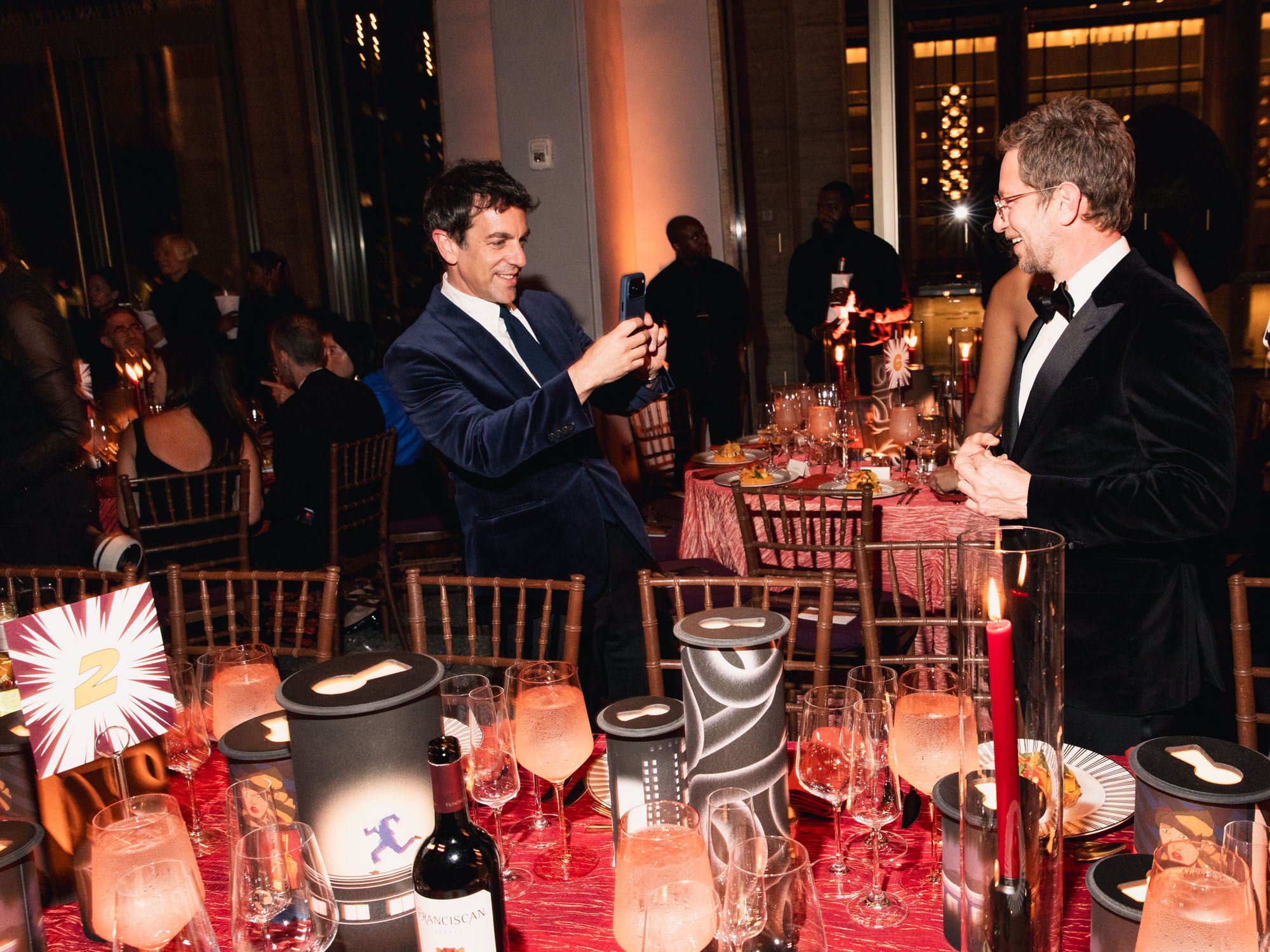
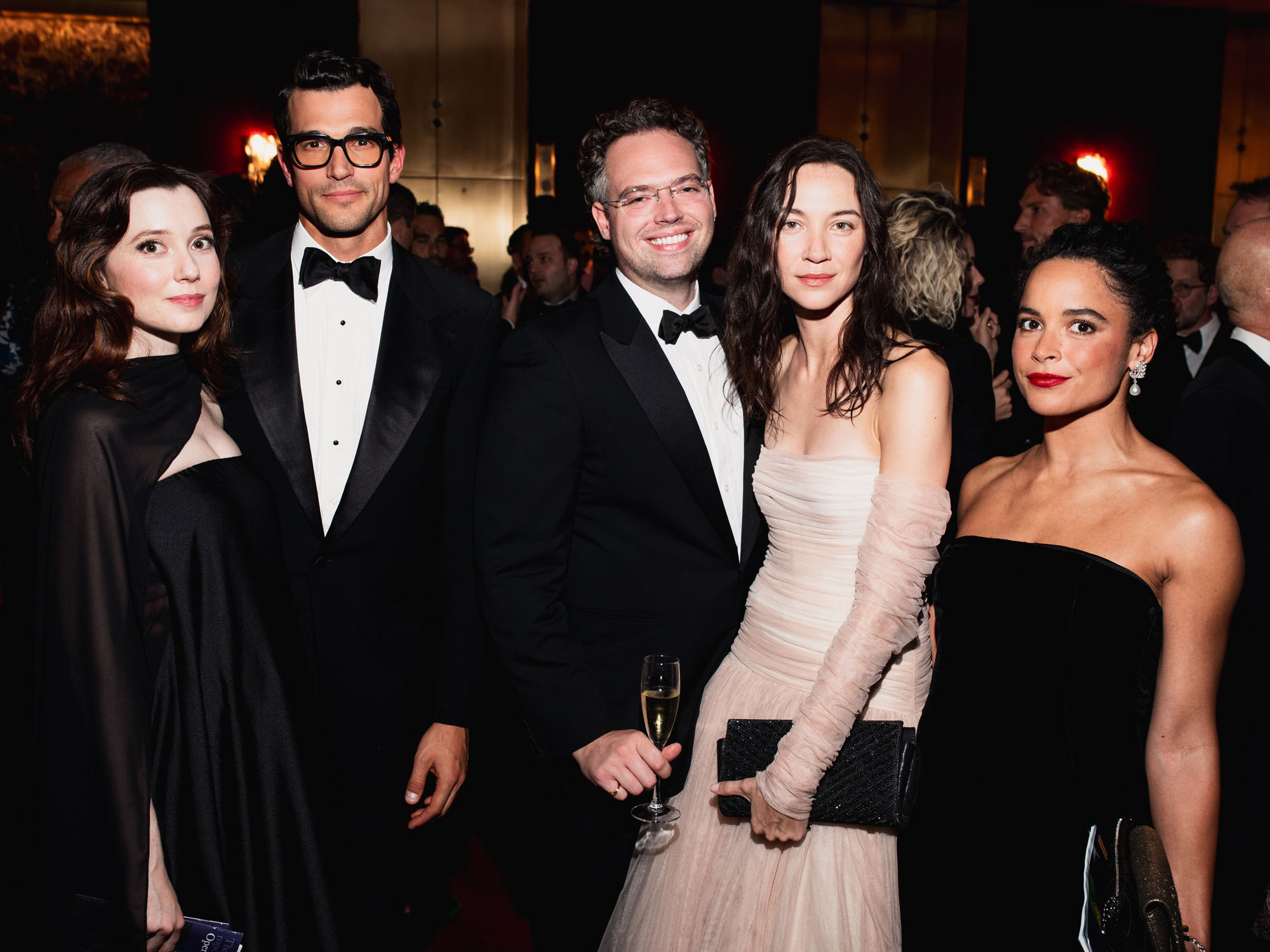
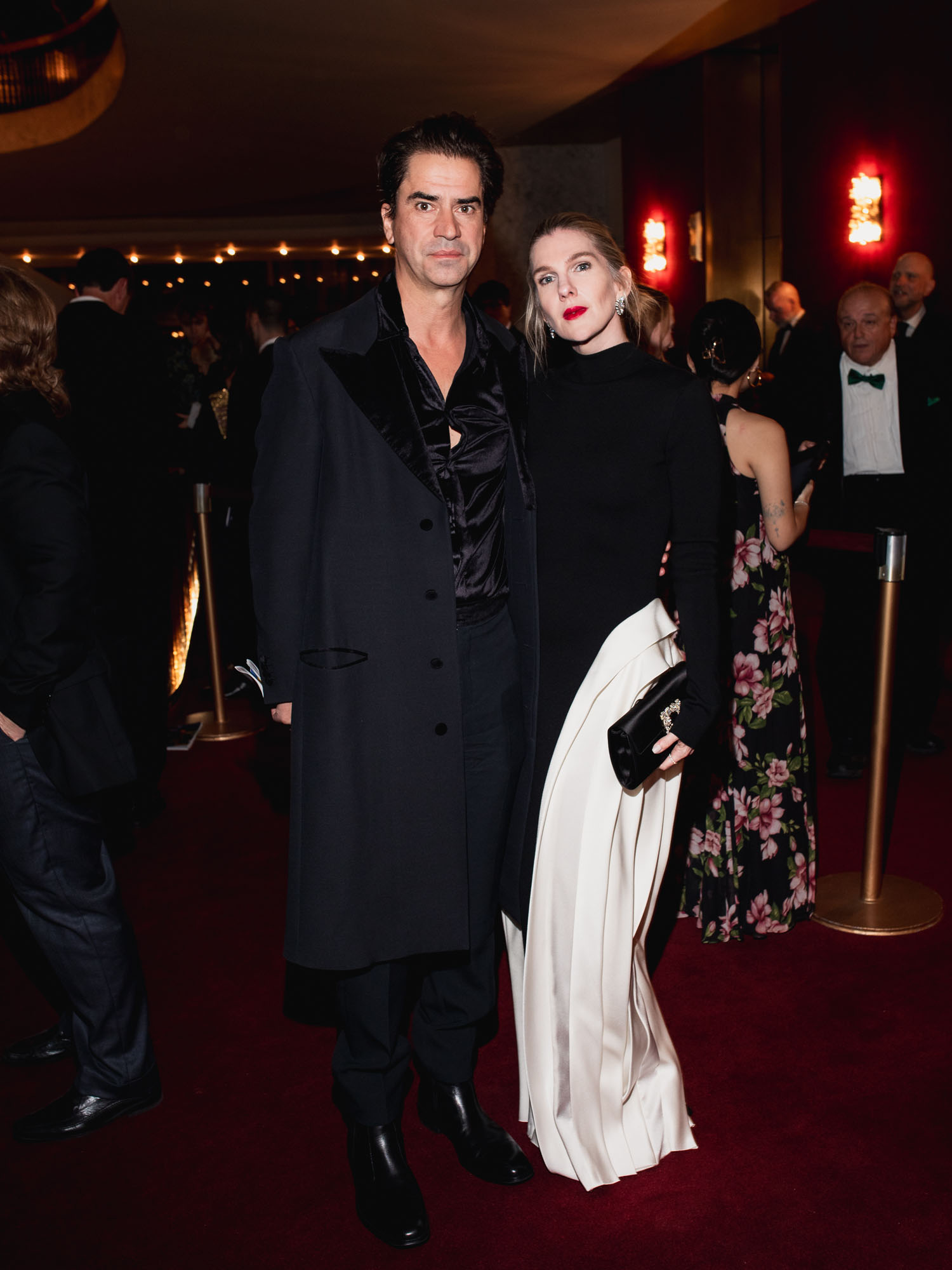
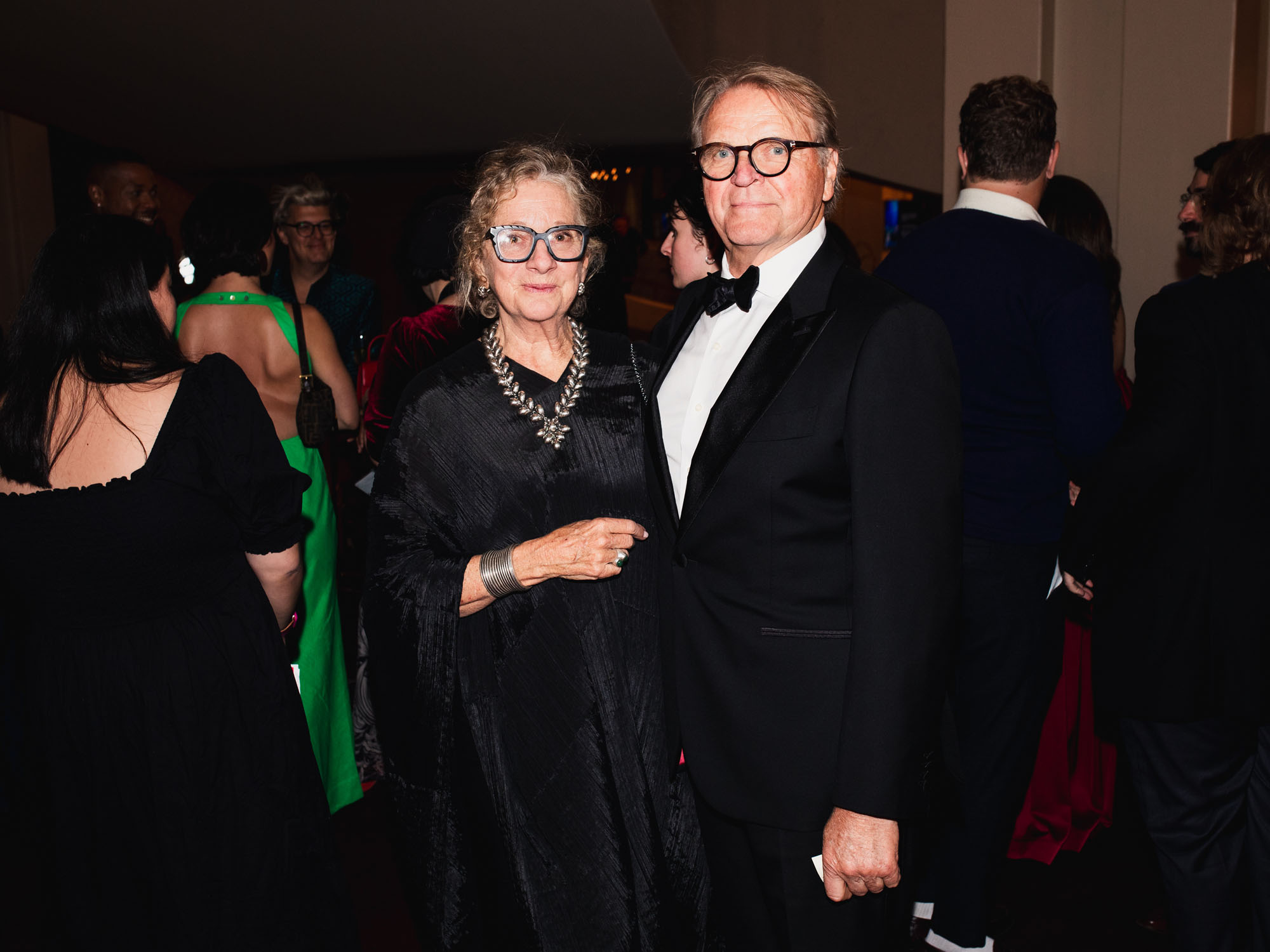
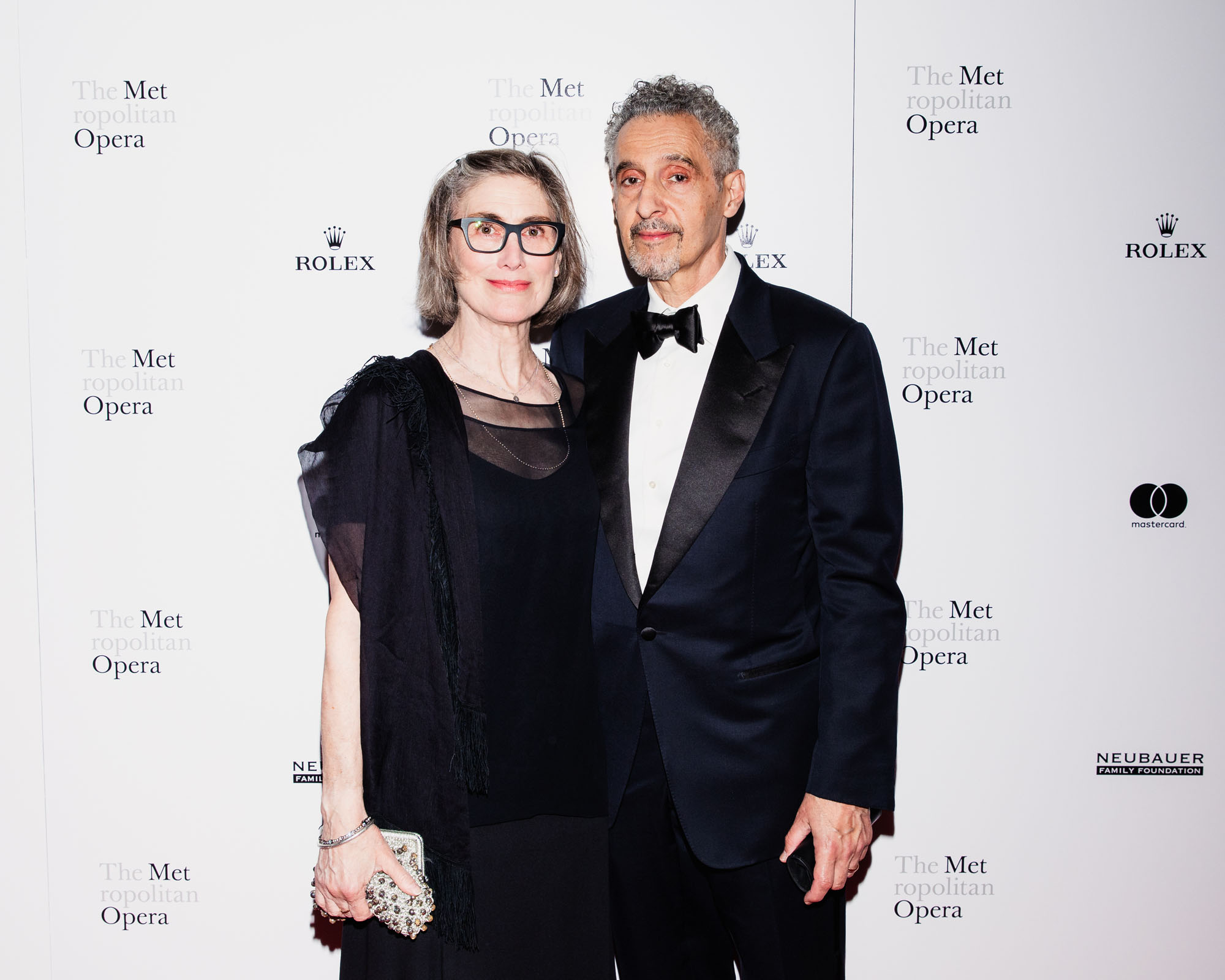
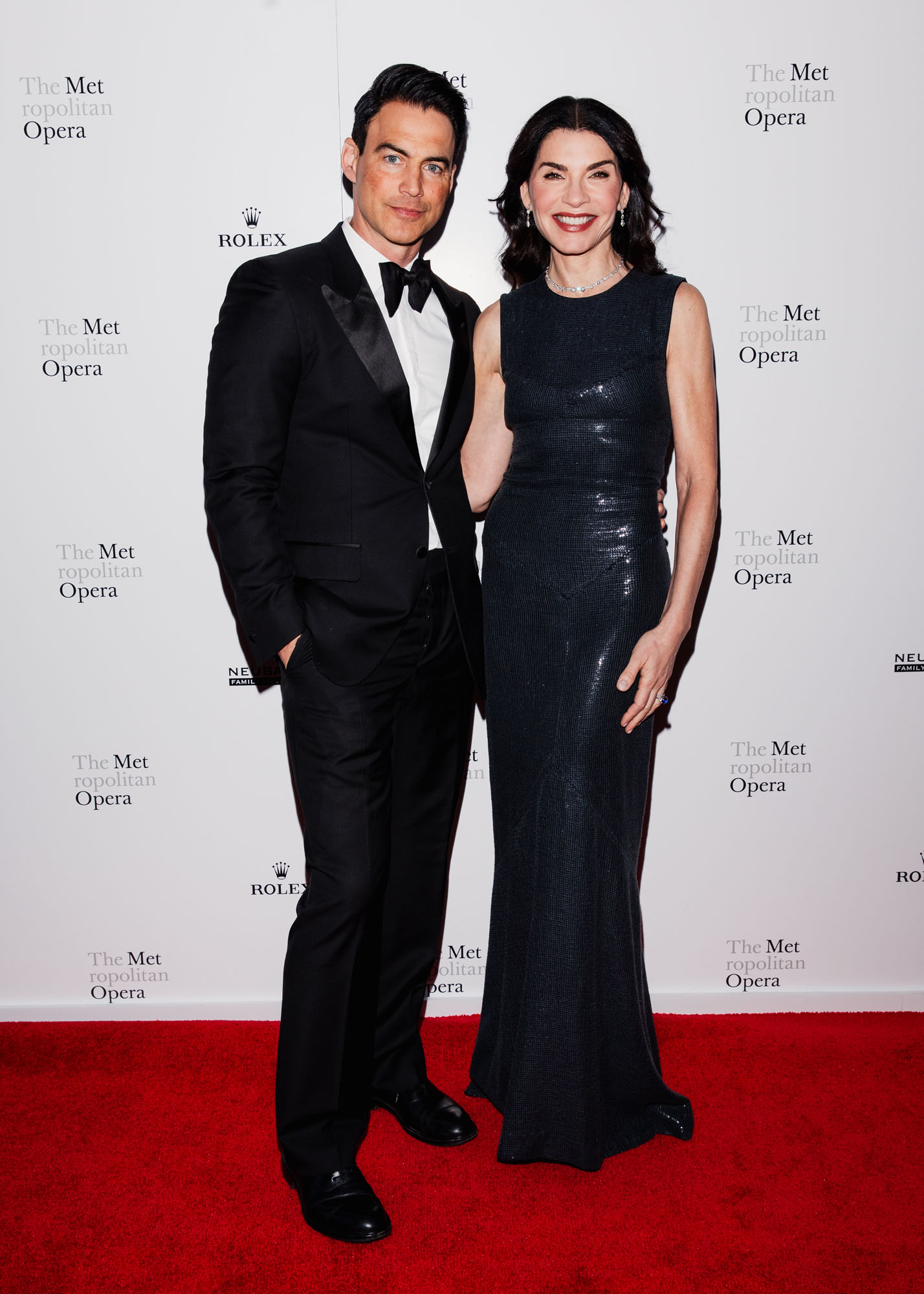
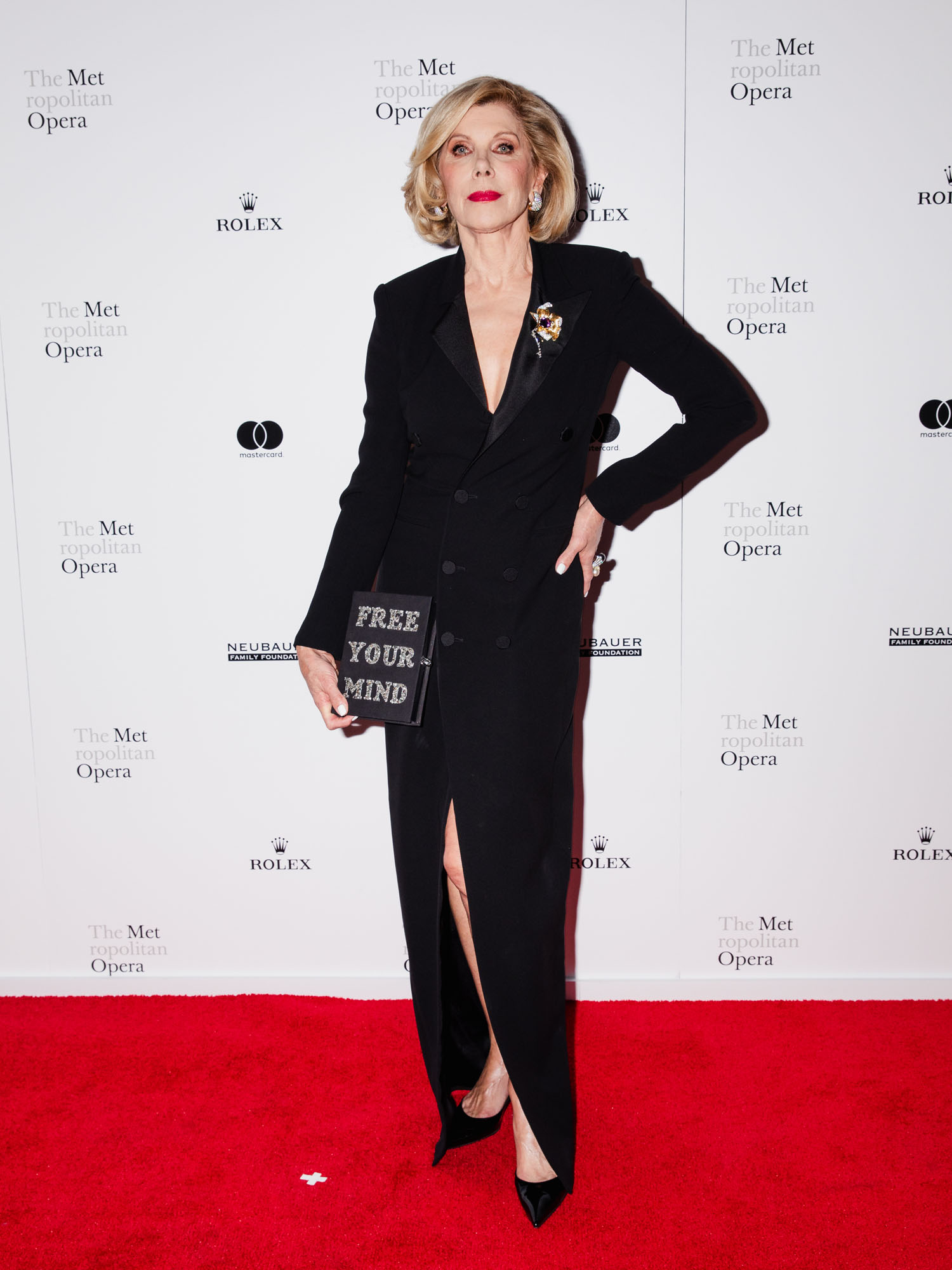
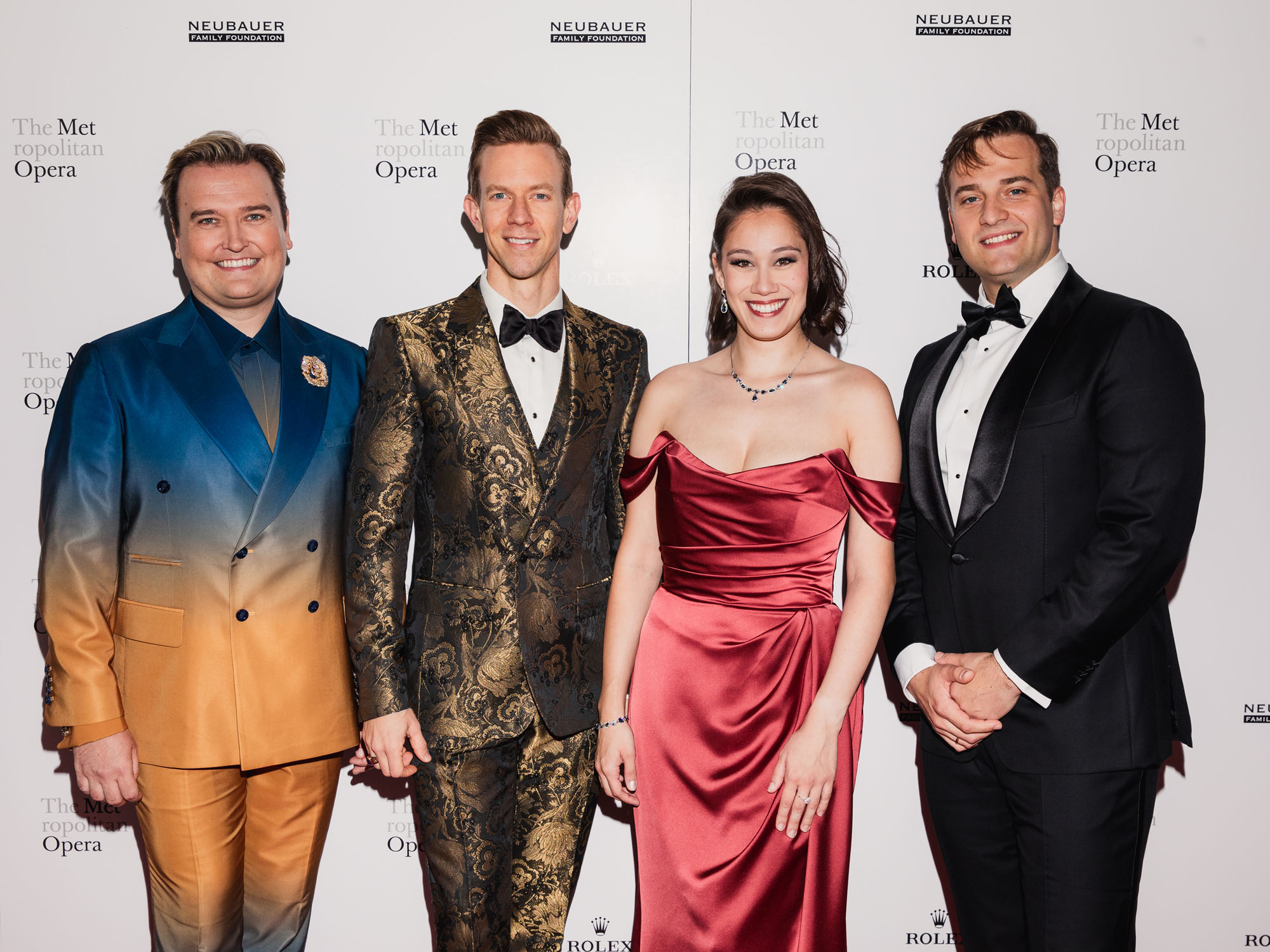
Circling Mykkanen and his fellow cast members on the red carpet, and in a packed cocktail hour ahead of the show, were the likes of actors Paul Anthony Kelly, Christine Baranski, Neil Patrick Harris, Laverne Cox, Julianna Margulies, John Turturro, and Gina Gershon; actor and director B.J. Novak; writer and producer Darren Star; and CULT100 honoree and opera singer Davóne Tines. Despite the seasoned talent in the house, this year’s audience is reportedly set to be the Met Opera’s youngest yet, as the team aims to attract new fans to one of the city’s oldest institutions. (Influencers, I’m told, have been quite helpful.)
After ushers directed guests into the main hall with the quiet trill of a xylophone, Gelb introduced Senate Minority Leader Chuck Schumer, who talked about his work supporting the Met Opera and other arts institutions, as well as Trump’s recent condemnation of several prominent institutions and public figures. (Jimmy Kimmel lauded on the Met Opera stage, who would have thought?) Schumer’s speech, which opened with “The arts are under attack now,” was met with both cheers and jeers. “Do something about it!” called back several audience members. Apparently others heard cries of “Endorse!” (Schumer has thus far dodged asks to support Zohran Mamdani in the upcoming mayoral election.)
The entire production, from these opening remarks to the following poignant narrative about life under oppression, couldn’t help but draw attention to its own precarious context. Published in 2000, Michael Chabon’s WWII novel feels as prescient as ever on the stage, as The Escapist superhero comes backflipping out with a ka-pow! straight to the jaw of a nazi. Hanging screens opened and contracted on the action in a mimicry of comic book panels; the stage turned with swarms of American soldiers, and in one powerful moment, became a towering underwater scene with actors floating above the floor. But the desperation of the characters in the face of overwhelming violence and disarray felt less than fictional. As police swarmed in to break up a party of queer men, I couldn’t help but wonder how historical the moment read, as Americans are once again being pulled off the streets by an unchecked militia.
But the line that stuck with me most after the curtain fell came toward the end of the production: “The world will always be broken. Repair it anyway.” Even in the midst of federal attacks on the arts and free speech, the Met Opera has resolutely positioned itself not only as a bastion for a diverse cast of creatives, but as a source of optimism about what is to come this season, and the next.


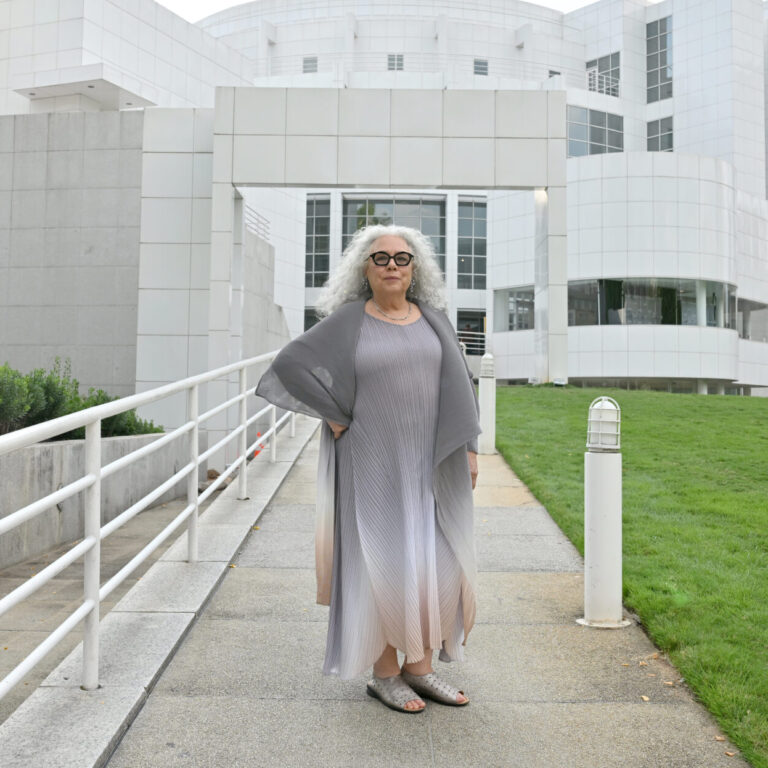
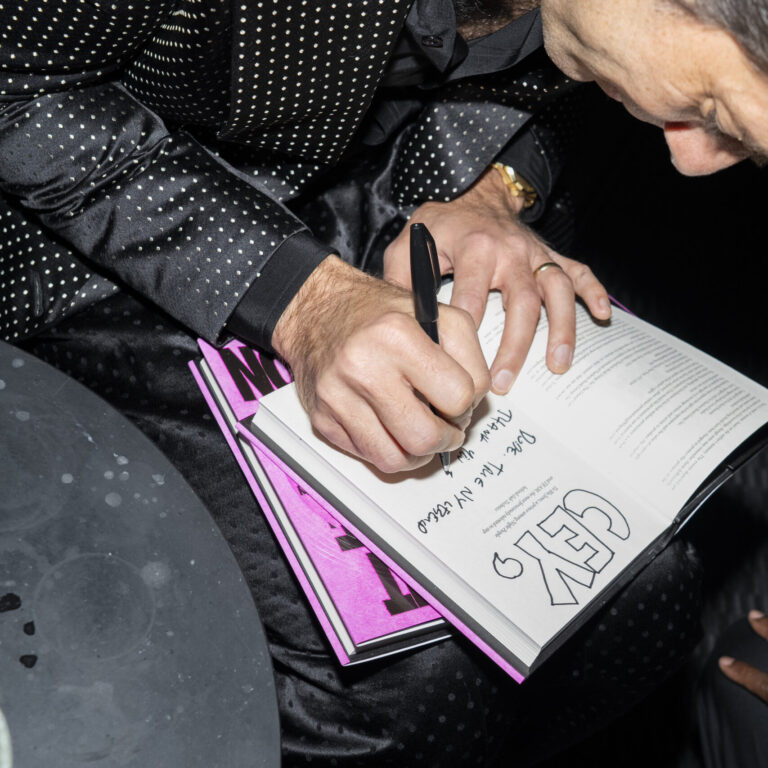

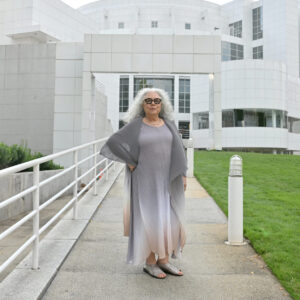
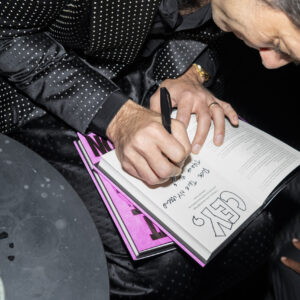



 in your life?
in your life?

